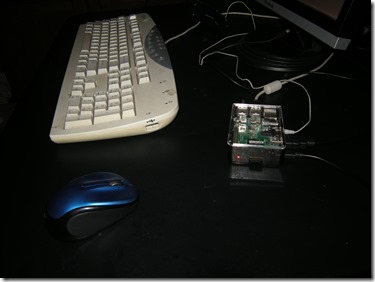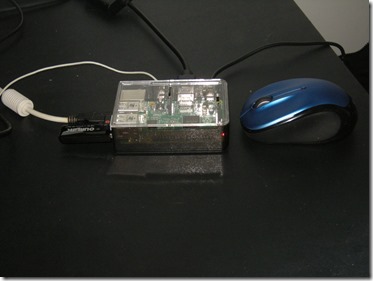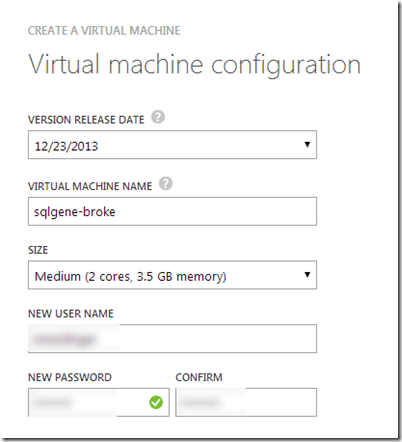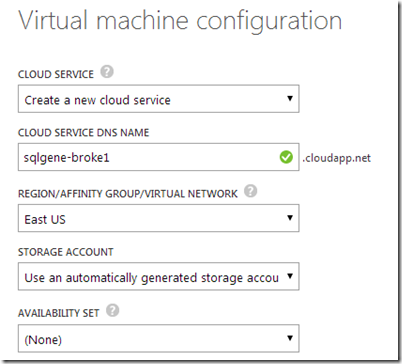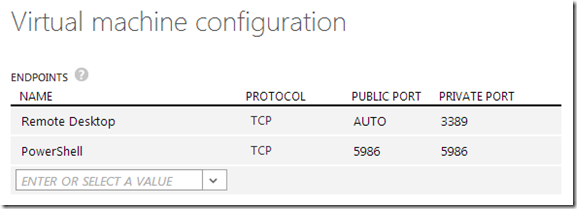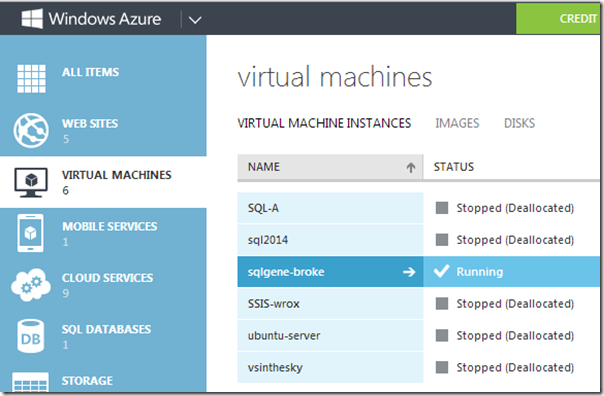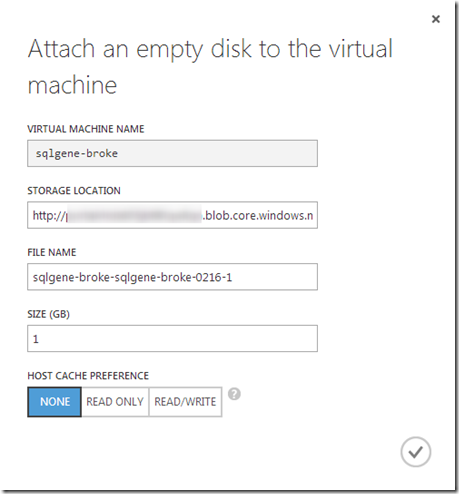So this here is my primary personal computer.
Did you miss it? I don’t blame you. It’s the exact same size as my mouse.
[Left: A multi-purpose Linux computer. Right: A logitech mouse.]
I’m using the Raspberry Pi 2 for most of my computing computing needs at home, even though I’ve got two laptops that are loads more powerful. So the question is, why would I choose the raspberry pi over a beefier Lenovo Thinkpad or HP Pavilion?
1. Because I can!
Probably the biggest reason I do it is because it feels silly. There is something just wrong about being able to run Linux on a computer I can fit into my pocket. It just shouldn’t be possible. Every time I look at the board, I think “This can’t be it. Nope, this must be a joke.” And best of all, it has 4 cores, so the desktop can be responsive even if something else is running slow.
3. Because I surf the web too much!
It turns out that most of what I do now is in a browser. I think that’s true for a lot of people these days. That’s why you see things like the Chromebook taking off. Once you get browsing to work, you’ve hit 80% of people’s computing needs. And as I said, Iceweasel runs very well on the Pi 2, giving me modern HTML support.
4. Because forced simplicity is good.
It’s amazing how many things you can do with a modern computer and how much crap you can install on it. I’ve definitely had the problem of being on my laptop to do Serious Things©, but instead I just surf Hacker news. With the Pi, at least I’m being intellectually honest. Either I’m surfing the web or coding something in vim. That’s it.
When I need to use iTunes, or Steam, or play around with SQL Server, I go to a different computer. As a result, my brain gets context clues about what I’m doing. If I’m on this computer I must be working on something. If I’m on my Pi I’m probably relaxing. That sense of clarity is nice.
5. Because I need to justify impulse buying.
Did you know I have 4 Raspberry Pi’s? I keep telling myself I’m going to do something with all of them but I just haven’t. There’s something sad about buying tiny little $35 dust collectors. By using the Pi as my primary computer I can tell myself that at least one of those expenses was worth it.
6. Because I want a change of pace
Finally, it’s nice to just have a change of pace. I work with the Microsoft stack all day and after a while it can get tiring. It’s nice having a completely different environment for leisure than for work. Linux on a credit card size computer is a sizable leap, for sure. This also provides me a nice way to learn Linux and diversify my skillset a bit.
